There’s one trend that is truly taking the 2024 interior design scene by storm – tropical houseplants. Yes, you heard it right! These lush and vibrant beauties are making a big comeback and are quickly becoming the must-have decor item.
Tropical houseplants are capturing the hearts of plant lovers and interior designers alike. It’s no wonder why they are one of the biggest trends of 2024.
With their ability to bring a touch of nature and a sense of calm to any space, it’s hard to resist their allure. Plus, they effortlessly add a pop of color and a tropical vibe to your home.
Whether you have a green thumb or are just getting started with plants, tropical houseplants are the perfect choice. They come in a wide variety of shapes, sizes, and colors, giving you endless options to choose from. And the best part? They are relatively low-maintenance, making them ideal for beginners who want to introduce greenery into their homes without too much fuss.
The Tropical Houseplants of 2024 (My Top Picks)
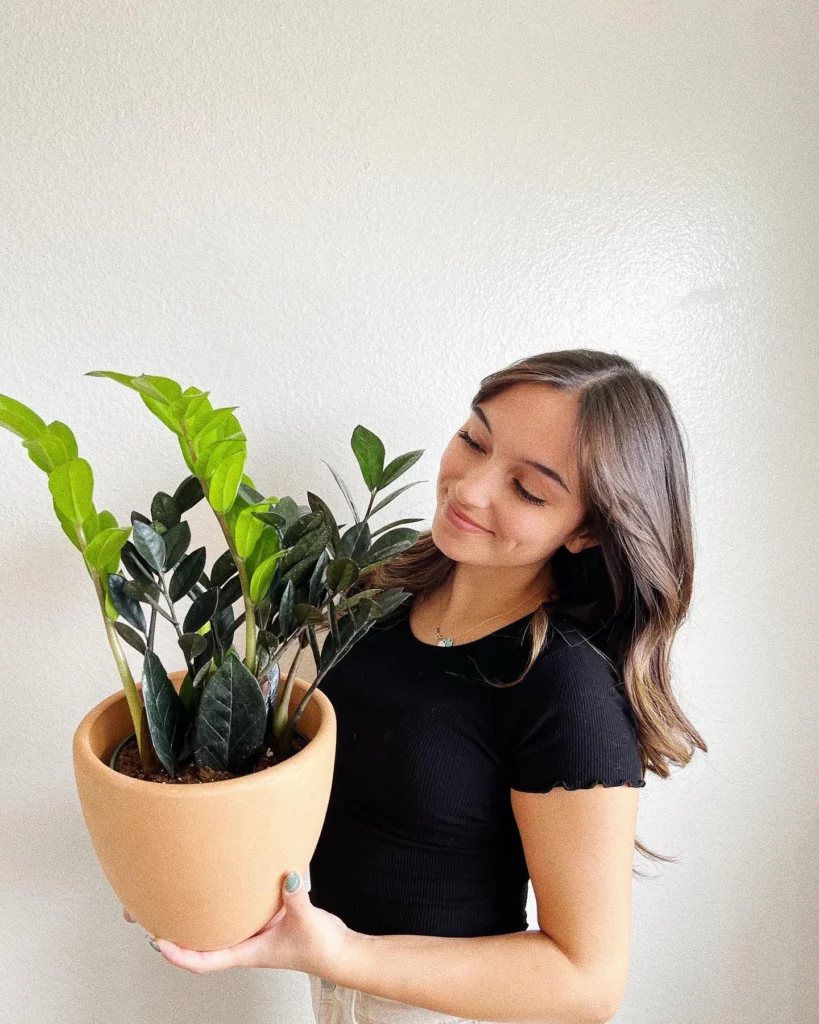

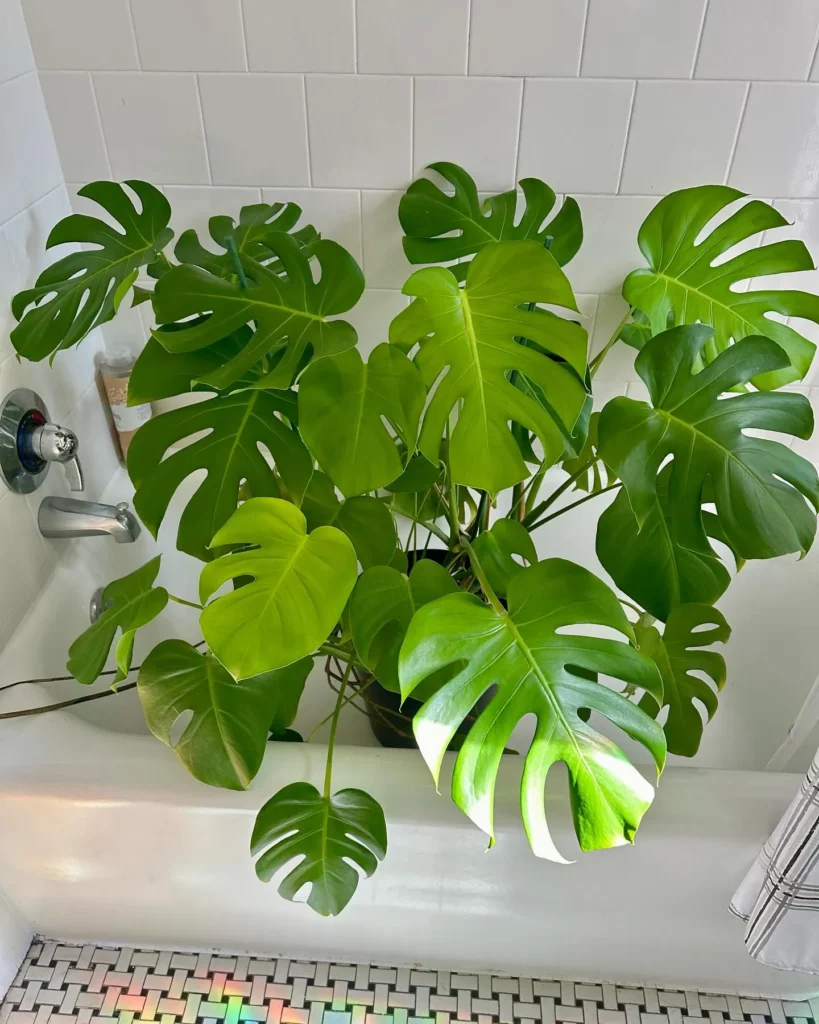



If you’re new to the world of tropical houseplants, you’ll be delighted to know that there are plenty of options that are perfect for beginners. These low-maintenance plants will add a touch of tropical charm to your home without requiring a green thumb.
Here are some of the top tropical houseplants for beginners:
- Monstera Deliciosa: Also known as the Swiss Cheese Plant, Monstera Deliciosa is a popular choice for its unique foliage. Its large, glossy leaves feature striking splits and holes, adding a touch of drama to any space. This plant can tolerate a variety of light conditions, making it ideal for beginners.
- Pothos: Pothos is another beginner-friendly tropical houseplant that is highly versatile. With its trailing vines and heart-shaped leaves, it adds a graceful touch to any room. Pothos can thrive in low light and requires minimal watering, making it an excellent choice for those with busy schedules.
- Dracaena Marginata: This tropical houseplant, also known as the Dragon tree, features slender, arching leaves with vibrant red edges. It is highly adaptable and can tolerate a range of light conditions. Dracaena Marginata is a great choice for beginners looking to add a touch of exotic elegance to their homes.
- Snake Plant: Snake Plant, also known as Mother-in-Law’s Tongue, is a hardy tropical houseplant that can thrive in various light conditions, including low light. Its tall, upright leaves with variegated patterns make it a visually appealing addition to any space. Snake plants are known for their air-purifying properties, making them an excellent choice for bedrooms or offices.
- ZZ Plant: The ZZ Plant is known for its glossy, dark green leaves and incredible resilience. It can tolerate low light, irregular watering, and neglect, making it an ideal choice for beginners. The ZZ Plant is not only beautiful but also helps to purify the air by removing toxins.
Rare and Exotic Tropical Houseplants


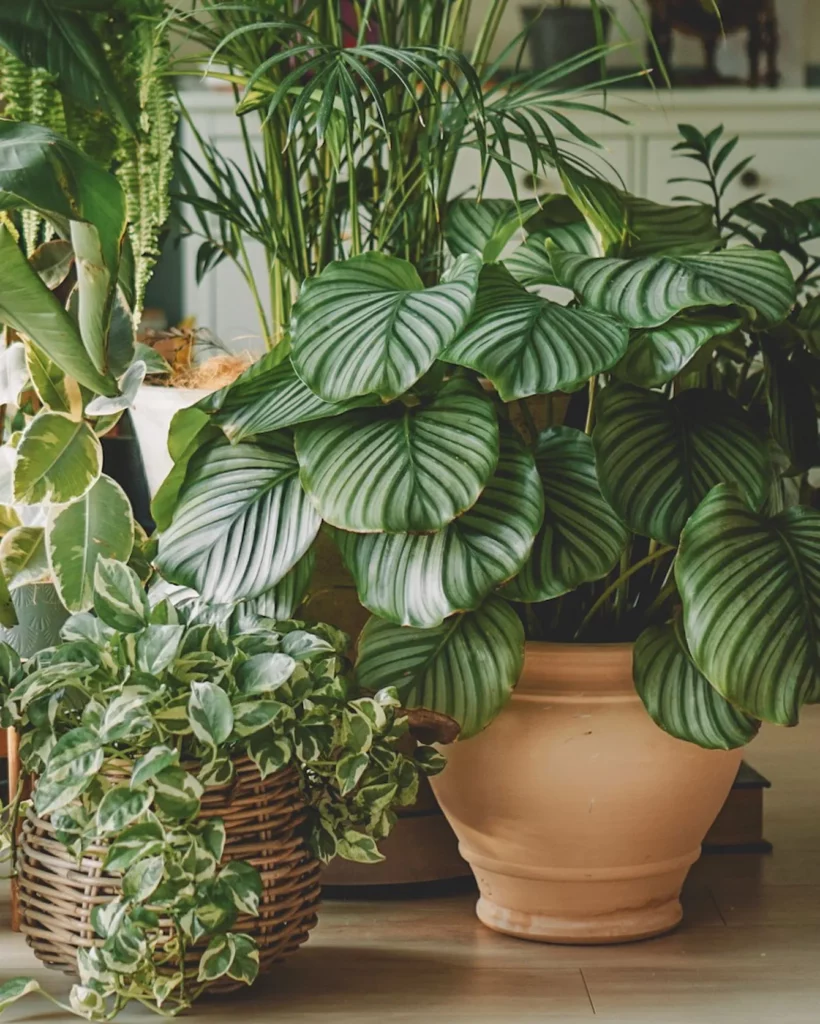

As the popularity of tropical houseplants continues to soar in 2024, enthusiasts are seeking unique and eye-catching specimens to add to their indoor collection. Rare and exotic tropical houseplants have become highly coveted for their intriguing features and ability to transform any space into a tropical oasis.
One such rare gem is the Calathea orbifolia. With its large, round leaves showcasing stunning patterns of deep green and silver, this plant is sure to make a statement in any room. Its unique foliage adds a touch of elegance and sophistication to your indoor decor. To keep the Calathea orbifolia thriving, it requires indirect light and moderate humidity levels, making it a perfect addition to your bathroom or humidified indoor spaces.
Another exotic beauty to consider is the Anthurium clarinervium. Known for its striking heart-shaped leaves with prominent white veins, this plant adds a touch of drama and sophistication to any interior. The Anthurium clarinervium thrives in bright, indirect light and high humidity, making it a perfect choice for enthusiasts who can provide the right conditions for its growth.
Indoor Tropical Gardens: How to Create a Lush Oasis

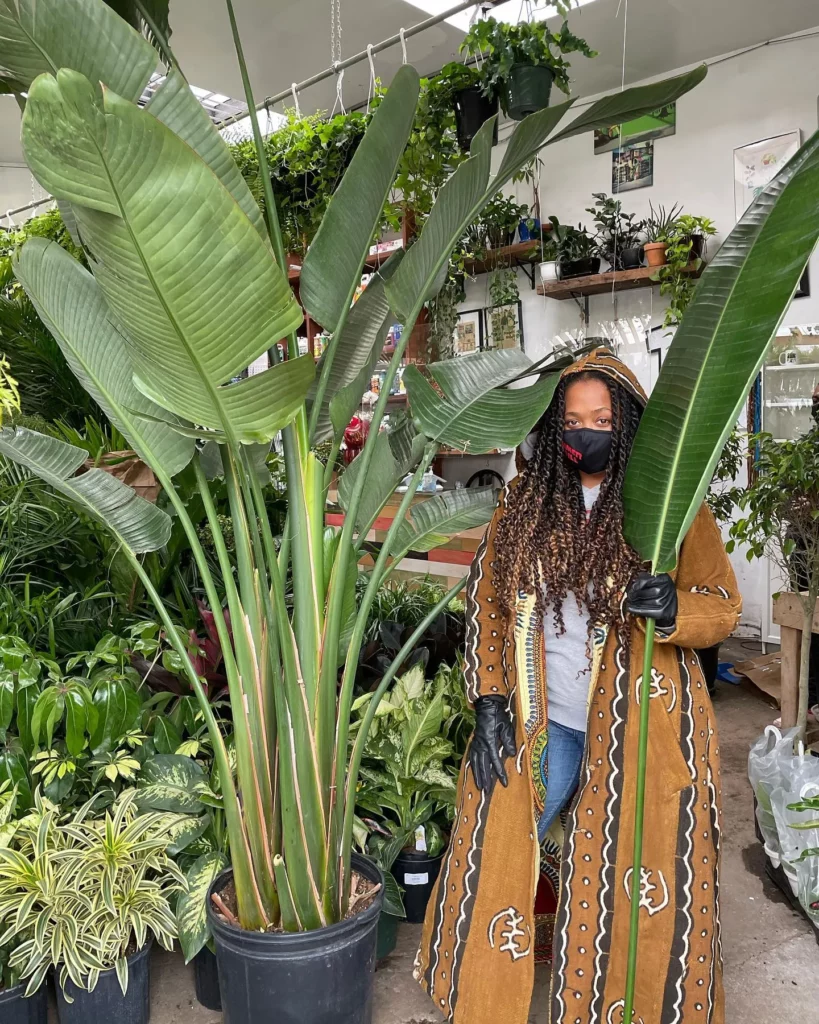
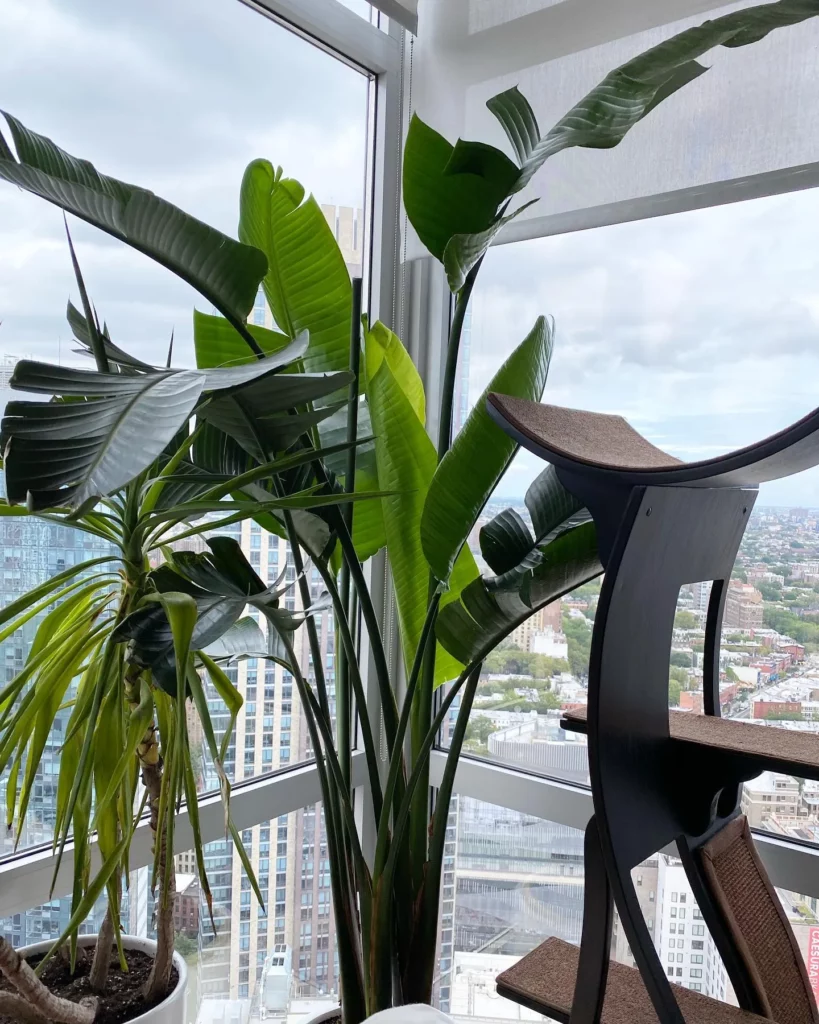
When creating an indoor tropical garden, start by choosing a variety of tropical houseplants that thrive in your climate and indoor conditions. Look for plants that have different heights, textures, and colors to add visual interest to your space.
Consider incorporating plants such as the majestic Bird of Paradise (Strelitzia reginae) or the dramatic Swiss Cheese Plant (Monstera deliciosa) to add a touch of tropical elegance. These statement plants can serve as focal points in your indoor garden.
For a lush and layered look, vary the sizes and shapes of the plant containers.
Use hanging planters to add dimension and create a cascading effect. Additionally, mix in some trailing plants like the easy-care Devil’s Ivy (Epipremnum aureum) or the delicate String of Pearls (Senecio rowleyanus) to create a visually appealing display.
To create a harmonious environment for your indoor tropical garden, consider the lighting and humidity requirements of your plants.
Place sun-loving plants near windows to provide them with ample sunlight, while shade-tolerant plants can thrive in areas away from direct sunlight.
Enhance the humidity levels in your home to mimic the tropical climate that these plants thrive in. Consider using a humidifier or placing a tray of water near your plants to increase moisture in the air.
Styling Tips: Incorporating Tropical Houseplants into Your Decor
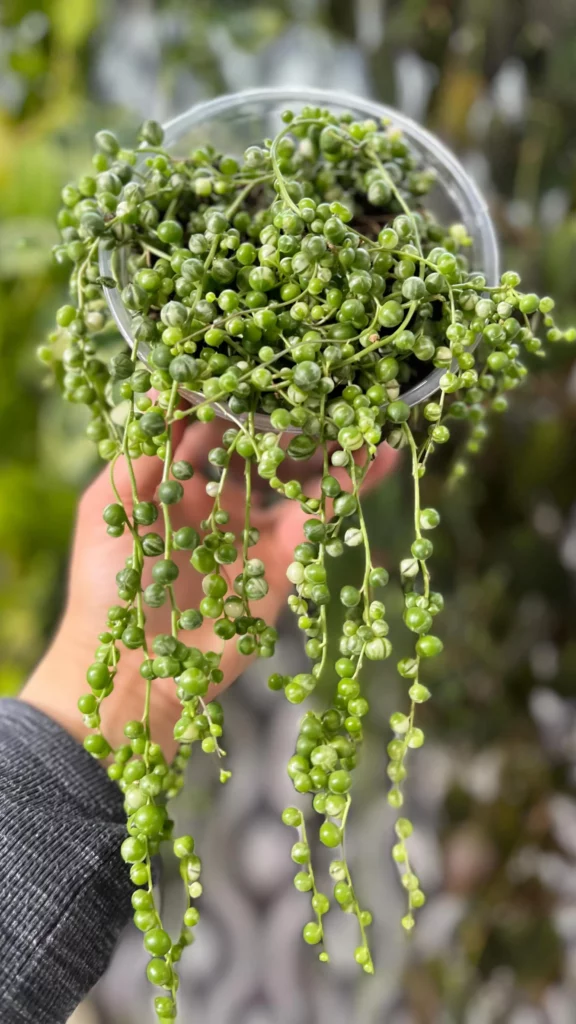


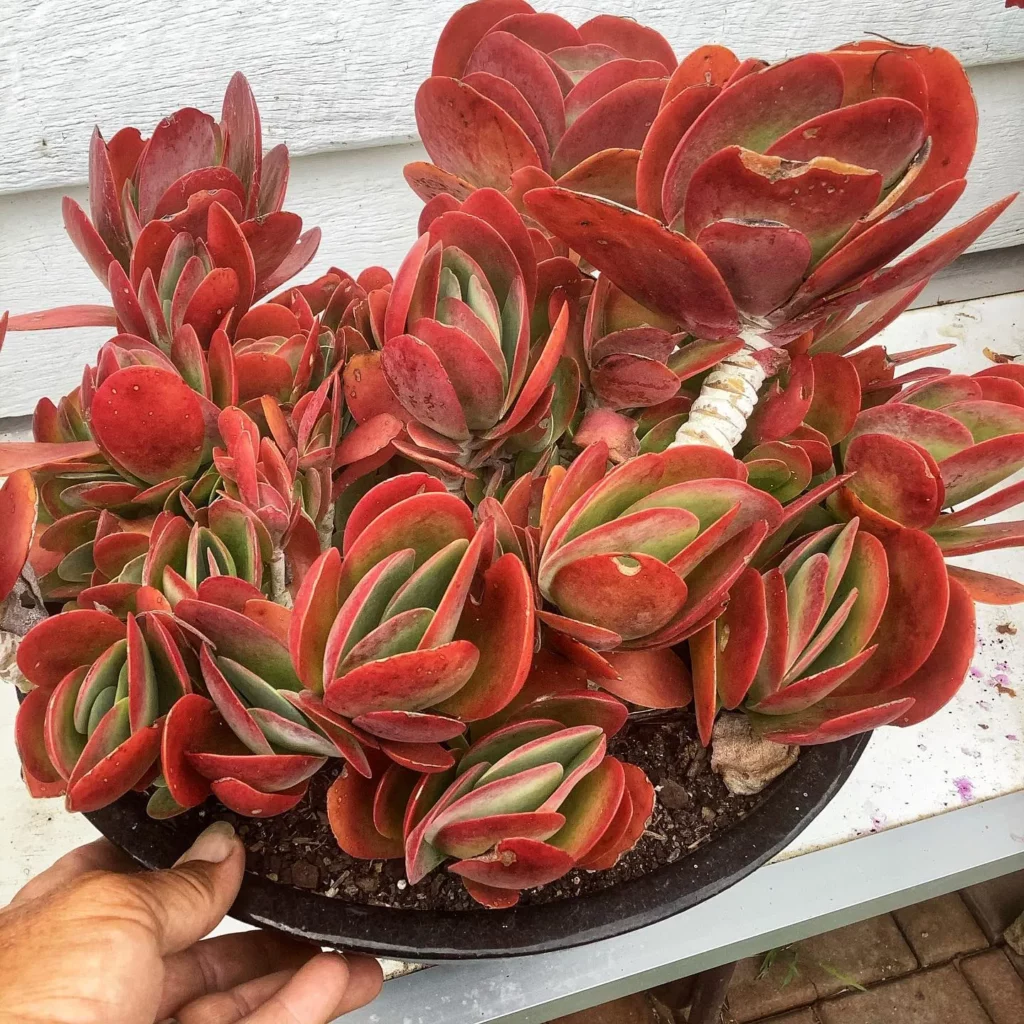


Here are some styling tips to help you incorporate tropical houseplants into your decor:
- One of the easiest ways to incorporate tropical houseplants is by hanging them in baskets. Choose decorative woven baskets or macrame hangers to create a boho-chic look. You can hang them in windows, near doorways, or in corners to add visual interest and create a lush atmosphere.
- Create a terrarium: Terrariums are a great way to showcase tropical houseplants while adding a unique focal point to your decor. Choose a glass container and fill it with a variety of plants such as ferns, moss, and small tropical species. Place the terrarium on a coffee table, shelf, or mantlepiece and watch it become a conversation starter.
- Mix and match sizes: For a visually appealing display, mix and match different sizes of tropical houseplants. Combine tall plants like the Areca Palm or the Fiddle Leaf Fig with smaller varieties like the Snake Plant or the Peace Lily. This layering effect creates depth and adds dimension to your decor.
- Group them together: To create a dramatic impact, group your tropical houseplants together in one area. This can be done on a side table, a plant stand, or even a designated plant shelf. By clustering them, you create a focal point that draws attention and adds an instant tropical vibe to your space.
With these styling tips, you can effortlessly incorporate tropical houseplants into your decor and transform your home into a lush oasis. Let your creativity flow and experiment with different arrangements to find the perfect balance between nature and design.
Must-Have Accessories for Tropical Houseplant Enthusiasts
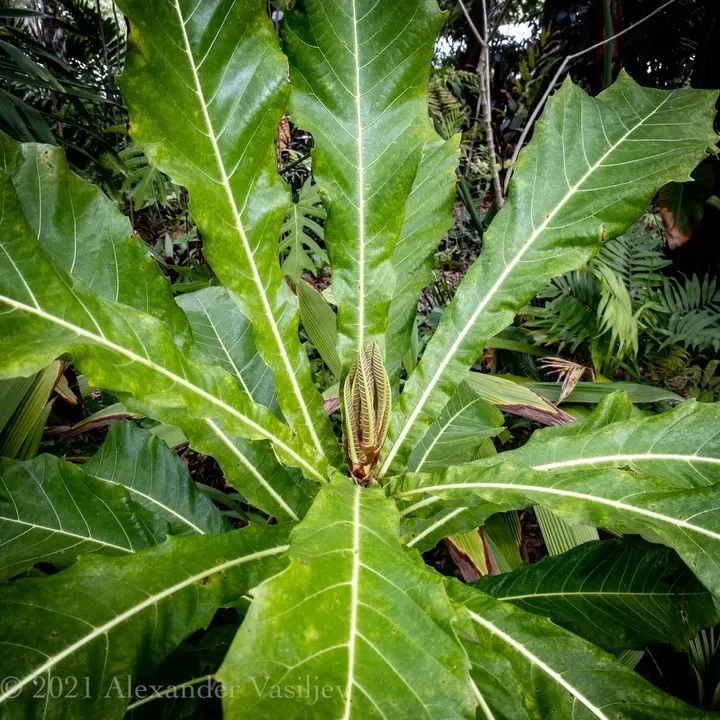

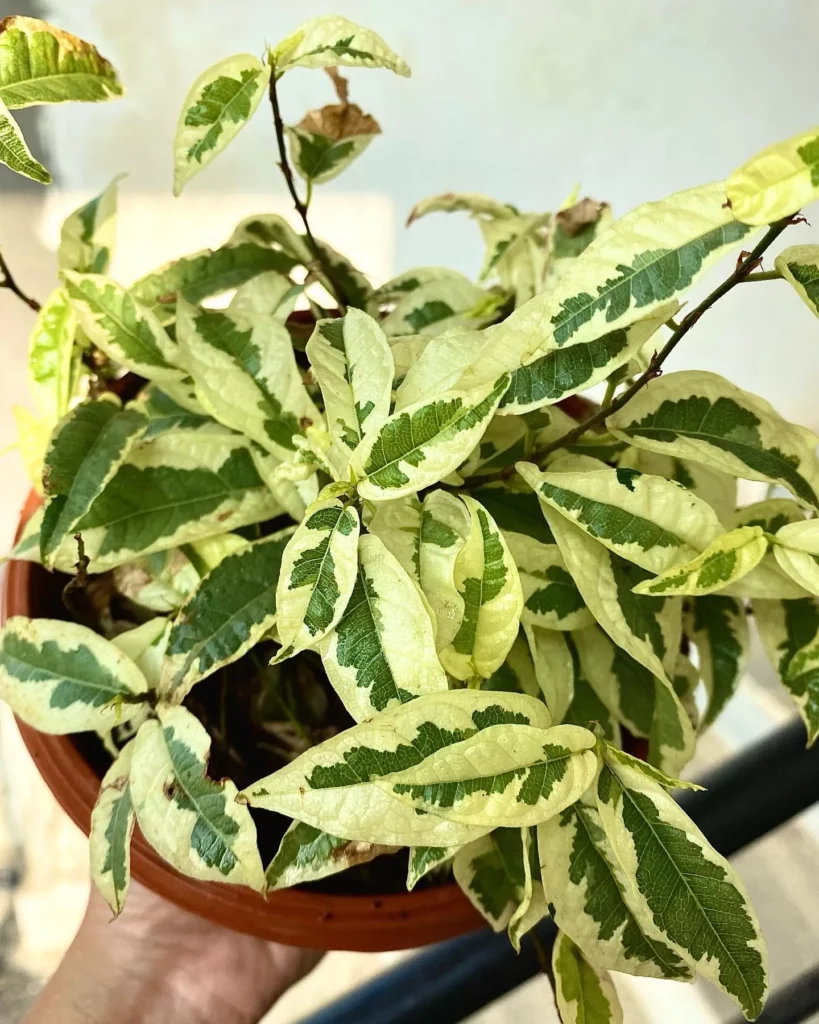

As a tropical houseplant enthusiast, it’s important to have the right accessories and tools to enhance your collection and care routine. These must-have items will not only make your plants thrive but also add a touch of style to your indoor jungle.
1. Plant Humidifiers
One of the most essential accessories for tropical houseplants is a plant humidifier. These devices help create the optimum humidity levels that mimic the plants’ natural environment. With a plant humidifier, you can prevent your plants from drying out and promote healthy growth. Simply fill it with water, set the desired humidity level, and let it provide a constant mist to keep your tropical plants happy.
2. Moisture Meters
Knowing when and how much to water your tropical houseplants is crucial for their well-being. A moisture meter is a handy tool that measures the moisture content in the soil, giving you accurate readings to determine when it’s time to water. By using a moisture meter, you can avoid overwatering or underwatering your plants, ensuring they receive just the right amount of water to thrive.
3. Decorative Planters
Enhance the aesthetics of your tropical houseplant display with decorative planters. From vibrant ceramic pots to stylish woven baskets, there are endless options to complement your interior decor. Choose planters that provide proper drainage and are suitable for the size of your plants. Not only will these decorative planters add a touch of beauty to your space, but they will also help maintain the health of your tropical houseplants.
4. Plant Stands and Shelves
Create an eye-catching display for your tropical houseplants by using plant stands and shelves. These accessories not only elevate your plants to different heights but also maximize space in your indoor jungle. Consider incorporating stands and shelves made from bamboo, metal, or wood to add a natural touch to your tropical oasis.
5. Pruning Shears
To keep your tropical houseplants in optimal shape, pruning is essential. Invest in a high-quality pair of pruning shears to trim away dead or overgrown foliage. Pruning not only improves the appearance of your plants but also encourages new growth. Remember to sanitize your pruning shears before and after each use to prevent the spread of diseases.
By equipping yourself with these must-have accessories, you can create a thriving tropical paradise in your own home. From maintaining the proper humidity levels to adding decorative elements, these tools will elevate your tropical houseplant collection to the next level.
Expert Q&A: Tips from Horticulturalists on Tropical Houseplant Care

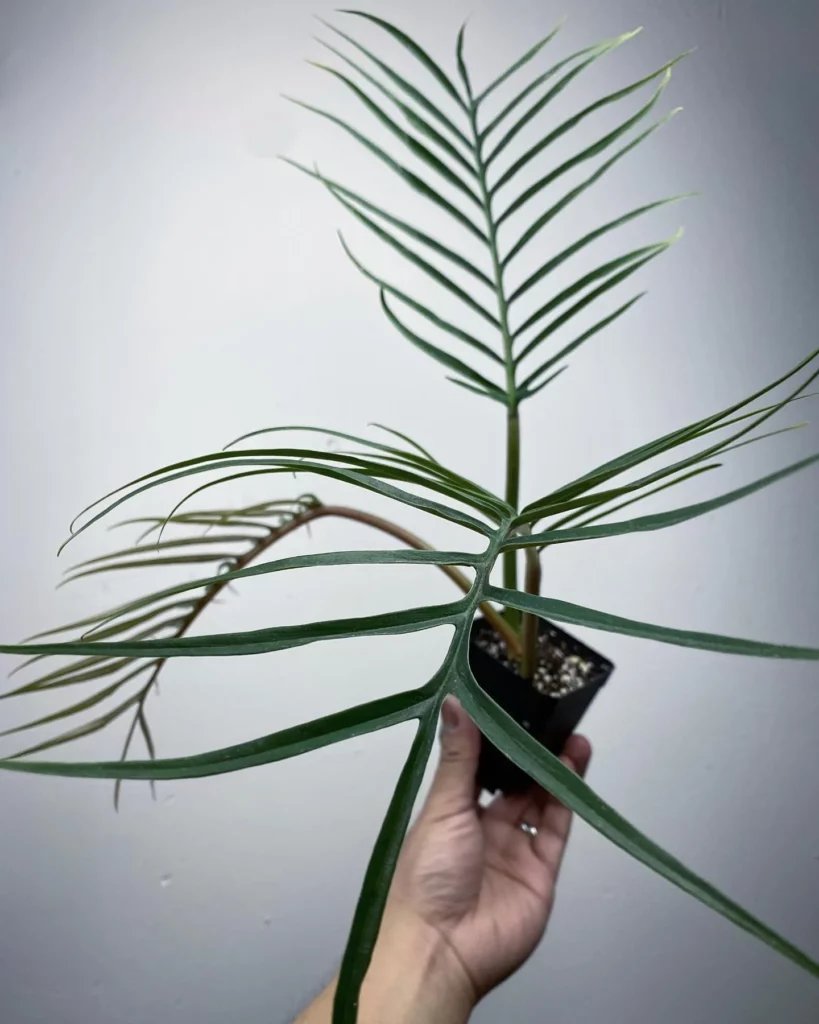
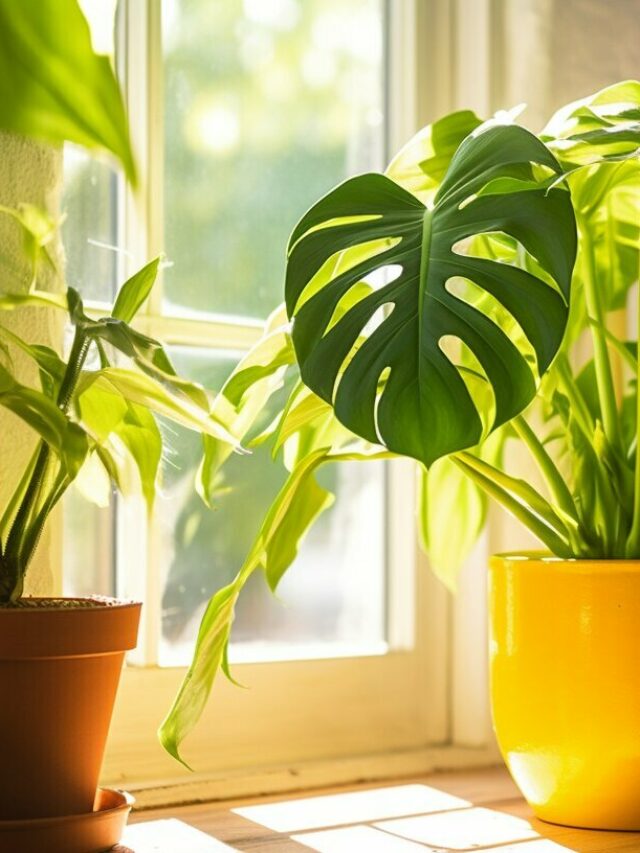
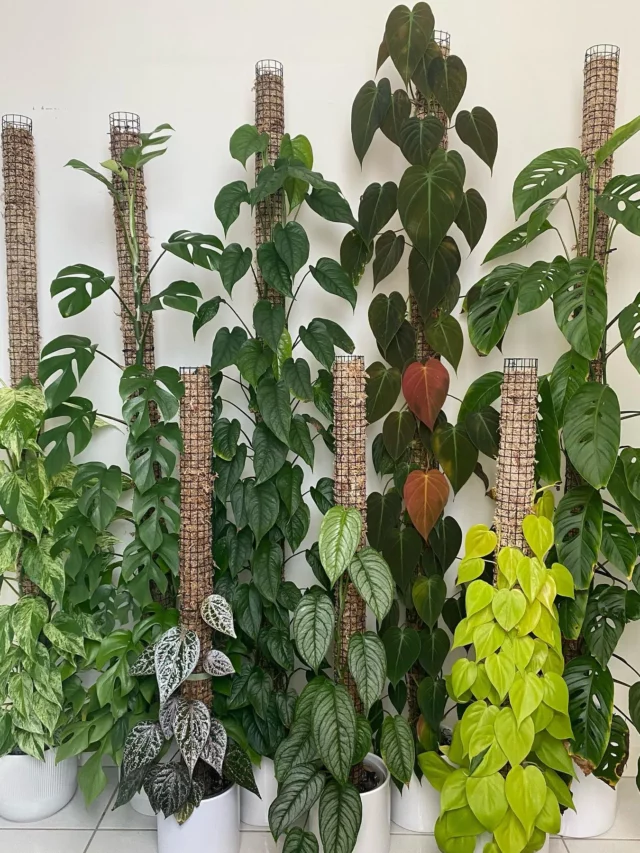

In this section, I will share some expert tips and advice from horticulturalists who specialize in tropical houseplant care. These professionals have extensive knowledge and experience in nurturing and maintaining tropical plants, and their insights will be beneficial for both beginners and experienced plant enthusiasts.
Best Practices for Watering Tropical Houseplants
- Watering frequency: Most tropical houseplants prefer slightly moist but well-draining soil. It’s important to avoid overwatering, as it can lead to root rot. A general rule of thumb is to water your plants when the top inch of soil feels dry.
- Watering technique: When watering, aim to thoroughly moisten the entire root ball. Avoid watering directly onto the leaves, as it can promote fungal growth. Instead, pour water slowly and evenly onto the soil surface.
- Drainage: Ensure that your plant pots have drainage holes to prevent water from sitting in the bottom, which can cause root rot. If your decorative pots don’t have drainage, consider using a nursery pot with drainage and placing it inside the decorative container.
Optimizing Lighting Conditions for Tropical Houseplants
- Indirect sunlight: Most tropical houseplants thrive in bright, indirect light. Avoid placing them in direct sunlight, as it can cause leaf burn. Find a spot near a window where your plants can receive filtered light throughout the day.
- Light duration: Tropical houseplants generally require 8-12 hours of light per day. If natural light is limited, supplement with artificial grow lights to ensure they receive adequate illumination.
- Light intensity: Different tropical plants have varying light requirements. Research the specific needs of your plants to ensure they are placed in an area with the appropriate light intensity.
Fertilizing Strategies for Healthy Tropical Houseplants
- Slow-release fertilizers: Consider using slow-release granular fertilizers formulated specifically for tropical plants. These provide a steady supply of nutrients over an extended period, reducing the risk of overfeeding.
- Application frequency: Follow the instructions on the fertilizer packaging to determine the appropriate frequency for application. In general, tropical houseplants benefit from monthly or bi-monthly fertilization during the growing season.
- Fertilizer dilution: Always dilute the fertilizer according to the recommended ratio. Using a stronger concentration than advised can burn the roots and damage the plant.
So, don’t wait any longer. Embrace the tropical houseplant trend and start cultivating your own indoor jungle. Explore the latest trends, get inspired by expert tips, and adorn your decor with these stunning plants. Let the tropical vibes surround you and experience the transformative effect they have on your indoor spaces. Welcome to the world of tropical houseplants!





